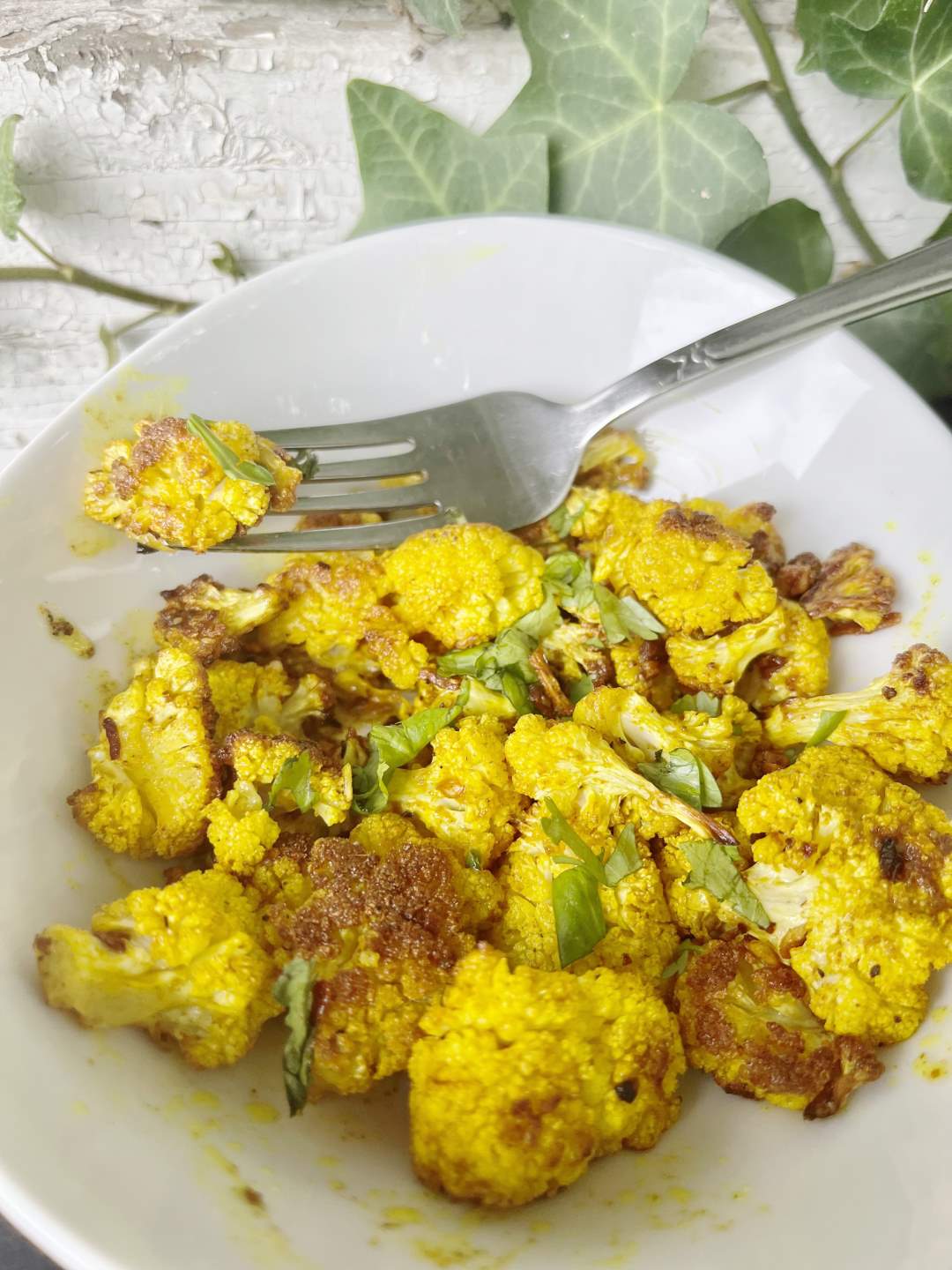Until recently, turmeric was best known as the signature ingredient in curry powder, and the one responsible for its signature bright yellow hue. But interest in the spice, which is native to Southeast Asia and in the same family as the plant that gives us ginger, spiked when people discovered its purported immune-boosting benefits.
What Are the Health Benefits of Turmeric?
Turmeric, a staple of Indian cuisine for thousands of years, has been thought to reduce oxidative stress, support a healthy inflammatory response, and have antioxidant properties for almost as long as practitioners of Ayurvedic medicine know.
Scientists have identified more than 100 individual compounds in turmeric, but the one they believe is responsible for most of its nutritional powers, and the spice’s bright yellow color, is called curcumin. Curcumin has been linked to a number of benefits, including lowering the risk of heart disease, dementia, and some cancers. It may also help enhance the body’s natural immune response, which can be useful in supporting overall health and wellness for healthy aging.
Some early evidence suggests that curcumin may help with mental health as well. In one small study of people with major depressive disorder, taking 1,000 milligrams of curcumin a day for six weeks had a similar effect as taking antidepressants (a combination of antidepressants and curcumin was also deemed as effective). One possible reason curcumin may have this effect is that, at least in studies with rats, it appears to increase levels of a protein called brain-derived neurotrophic factor or BDNF. Low levels of BDNF are associated with depression.
One interesting fact about curcumin is that it has what is known as low bioavailability, which means your body only absorbs a small amount of what is consumed. Given that curcumin makes up only around 5 percent of the total nutrients in turmeric, that means you may have to consume a lot of this spice to actually see health benefits. But researchers unearthed a way to boost curcumin’s bioavailability: Combine it with black pepper, whose active ingredient, called piperine, helps curcumin absorption by as much as 2,000 percent.
How To Use Turmeric in the Kitchen
You don’t have to love curry to get your dose of turmeric. Although the spice is related to ginger, it doesn’t carry the heat that a lot of Indian cooking spices do, and its milder flavor allows it to pair well with a wide variety of dishes. Use it to elevate simple dishes like eggs, rice, and potatoes, and add a brilliant yellow hue (turmeric is sometimes called Indian saffron for this reason).
You will most often find turmeric in the spice aisle, where it has been pre-ground into powdered form, but it is possible to find it fresh. Like ginger, it comes from the rhizome or root of the plant, so fresh turmeric resembles a knob of ginger, and can be grated into dishes the same way. It won’t last as long as the powdered spice, although you can freeze it to make it last slightly longer.
Turmeric’s claim to fame, at least on social media, is something known as a “Golden Latte,” a comforting beverage with purported immune-strengthening benefits made by mixing turmeric root into warm milk, sometimes with other warm spices like cardamom and cinnamon. You can also buy turmeric teas or add it to smoothies.
Turmeric does come in supplement form, but it’s so much fun to cook with, we recommend adding it to your spice cabinet, where you’ll find endless uses for it. Mix some into spice rubs or breadcrumb coatings for lean proteins, add a dash to chicken salad for a twist, spice up salad dressings, and use it on virtually any roast vegetable. We’re partial to cauliflower because it’s perfect for showing off turmeric’s vibrant color.

Roasted Turmeric Cauliflower
Yields around 2 cups
Few things are simpler or more delicious than sheet-pan roasted vegetables and adding turmeric to the spice mix is an easy way to dial the flavor up. Don’t skimp on the black pepper, because the compound piperline helps your body absorb the healthful nutrients in turmeric. This naturally vegan recipe makes a satisfying standalone side but is also great to add to Buddha and grain bowls.
2 tablespoons extra-virgin olive oil
1.5 teaspoons turmeric
1/2 teaspoon cumin
1 teaspoon kosher salt
1⁄4 teaspoon black pepper
1⁄4 teaspoon red pepper flakes (or to taste)
2 cloves garlic, minced
1 large head of cauliflower, cut into florets (about 2 cups)
Cilantro, chopped, for garnish (optional)
- Preheat oven to 450 degrees Fahrenheit.
- Mix oil, spices, and garlic in a large bowl. Toss cauliflower pieces in the mixture, making sure all are well-coated.
- Transfer to a parchment- or foil-lined baking sheet, spreading cauliflower in a single layer. Roast for 20 minutes, stirring once midway through cooking.
- Garnish with cilantro, if desired
2 cups
A spoonful of turmeric makes plain rice wow-worthy. If you prefer a lighter rice to use as a base for cooked lentils, legumes, or proteins, make the recipe with broth or stock rather than coconut milk.
1 tablespoon extra-virgin olive oil
1 cup basmati rice, rinsed
1.5 teaspoons turmeric
1 clove garlic, grated
1 teaspoon kosher salt
¼ teaspoon black pepper
1 14.5-ounce can coconut milk (or vegetable broth)
Cilantro, chopped, for garnish (optional)
1. Heat oil over medium in a saucepan until it shimmers. Add rice and stir to coat. Cook, stirring, until lightly toasted, 1-2 minutes.
2. Add turmeric, garlic, salt and pepper and store to combine.
3. Add coconut milk or broth and bring to a boil. Reduce heat to a simmer and cover saucepan. Simmer, stirring occasionally, until all liquid is absorbed, about 15 minutes.
4. Fluff rice and garnish with cilantro if desired.
Turmeric Rice
Yields around 2 cups
A spoonful of turmeric makes plain rice wow-worthy. If you prefer a lighter rice to use as a base for cooked lentils, legumes, or proteins, make the recipe with broth or stock rather than coconut milk.
1 tablespoon extra-virgin olive oil
1 cup basmati rice, rinsed
1.5 teaspoons turmeric
1 clove garlic, grated
1 teaspoon kosher salt
¼ teaspoon black pepper
1 14.5-ounce can coconut milk (or vegetable broth)
Cilantro, chopped, for garnish (optional)
1. Heat oil over medium in a saucepan until it shimmers. Add rice and stir to coat. Cook, stirring, until lightly toasted, 1-2 minutes.
2. Add turmeric, garlic, salt and pepper and store to combine.
3. Add coconut milk or broth and bring to a boil. Reduce heat to a simmer and cover saucepan. Simmer, stirring occasionally, until all liquid is absorbed, about 15 minutes.
4. Fluff rice and garnish with cilantro if desired.



